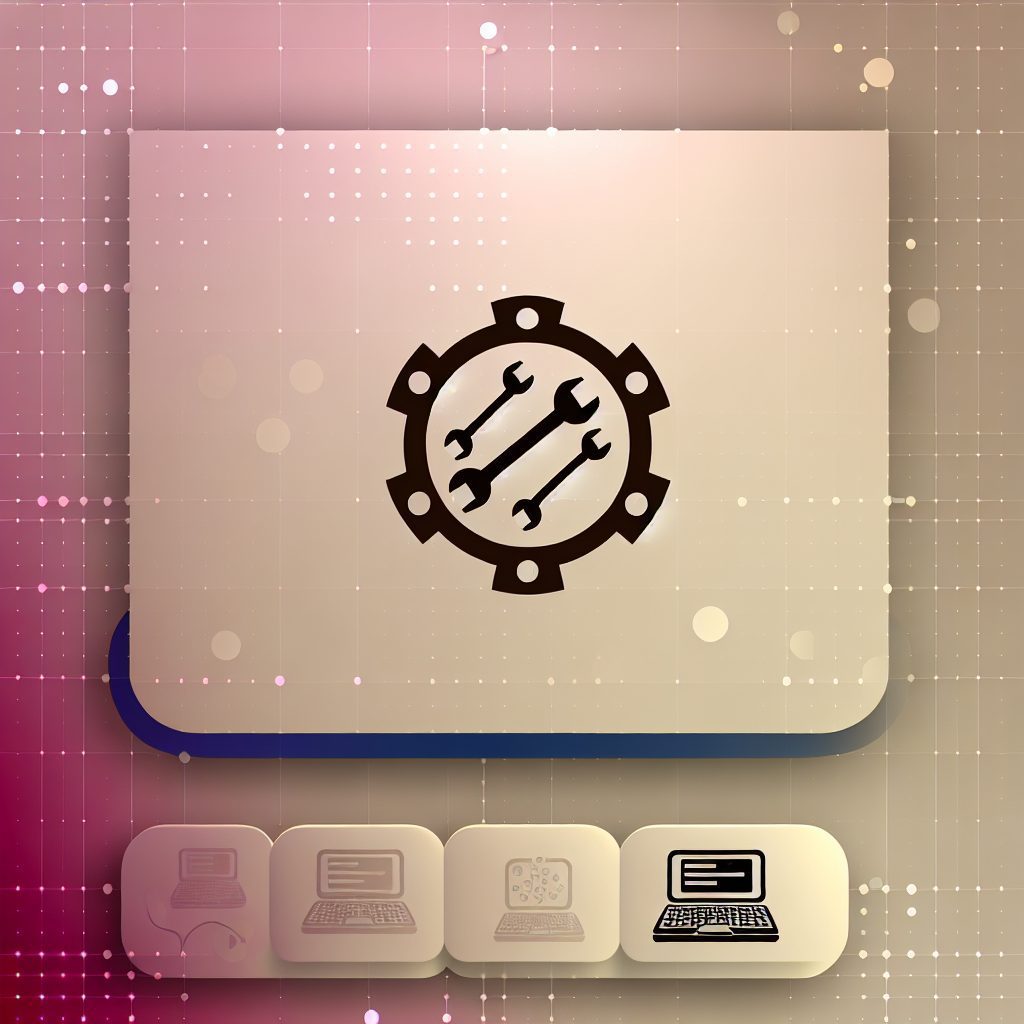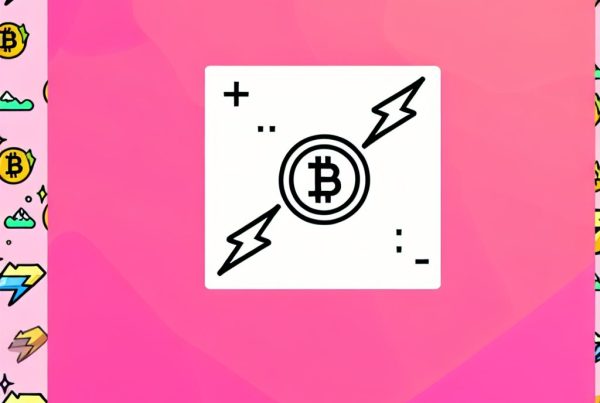How to Set a Custom RPC Network in Cryptocurrency
The world of cryptocurrency is vast and ever-evolving, with numerous networks and protocols available for users to explore. One of the essential components of interacting with blockchain networks is the Remote Procedure Call (RPC) interface. Setting a custom RPC network can enhance your experience, allowing for tailored interactions with specific blockchain networks. This guide will walk you through the process of setting a custom RPC network, its benefits, and practical applications.
Understanding RPC in Cryptocurrency
Remote Procedure Call (RPC) is a protocol that allows a client to communicate with a server in a network. In the context of cryptocurrency, RPC enables users to interact with blockchain nodes, sending requests and receiving responses. This interaction is crucial for various operations, including querying balances, sending transactions, and accessing smart contracts.
By default, many cryptocurrency wallets and applications connect to public RPC endpoints. However, these endpoints can be slow, unreliable, or even compromised. Setting up a custom RPC network can provide a more secure and efficient way to interact with the blockchain.
Benefits of Using a Custom RPC Network
- Improved Performance: Custom RPC networks can offer faster response times and reduced latency, enhancing the overall user experience.
- Increased Security: By using a private or less-known RPC endpoint, users can reduce the risk of attacks and data breaches.
- Customization: Users can tailor their RPC settings to meet specific needs, such as connecting to a testnet or a less congested mainnet.
- Access to Unique Features: Some custom RPC networks may provide access to features not available on public endpoints.
How to Set Up a Custom RPC Network
Setting up a custom RPC network involves several steps, which may vary depending on the wallet or application you are using. Below is a general guide to help you through the process.
Step 1: Choose Your Blockchain Network
The first step in setting up a custom RPC network is to choose the blockchain network you want to connect to. Popular options include:
- Ethereum
- Binance Smart Chain
- Polygon
- Solana
Each network has its unique features and use cases, so select one that aligns with your goals.

Step 2: Find a Reliable RPC Endpoint
Once you have chosen a blockchain network, the next step is to find a reliable RPC endpoint. You can either use a public RPC endpoint or set up your own node. Here are some popular public RPC providers:
When selecting an RPC provider, consider factors such as reliability, speed, and geographical location.
Step 3: Configure Your Wallet or Application
After obtaining the RPC endpoint, you need to configure your wallet or application to use it. The process may differ depending on the software you are using. Below are instructions for some popular wallets:
MetaMask
To set a custom RPC network in MetaMask, follow these steps:
- Open MetaMask and click on the network dropdown at the top.
- Select “Add Network.”
- Fill in the required fields:
- Network Name: Choose a name for your network.
- New RPC URL: Enter the RPC endpoint you obtained.
- Chain ID: Enter the chain ID for the network.
- Currency Symbol: (Optional) Enter the currency symbol (e.g., ETH, BNB).
- Block Explorer URL: (Optional) Enter the URL for the block explorer.
- Click “Save” to add the network.
Trust Wallet
To set a custom RPC network in Trust Wallet:
- Open Trust Wallet and tap on the “Settings” icon.
- Select “Wallets” and then tap on the “+” icon.
- Choose “Add Custom Token.”
- Select the network and enter the required details, including the RPC URL.
- Save your settings.
Step 4: Test Your Connection
After configuring your wallet or application, it’s essential to test the connection to ensure everything is working correctly. You can do this by:
- Checking your wallet balance.
- Sending a small transaction to verify that it processes correctly.
- Accessing smart contracts or decentralized applications (dApps) on the network.
Common Issues and Troubleshooting
While setting up a custom RPC network is generally straightforward, you may encounter some issues. Here are common problems and their solutions:
Connection Errors
If you experience connection errors, check the following:
- Ensure that the RPC URL is correct and active.
- Verify that your internet connection is stable.
- Check if the network is experiencing downtime or congestion.
Transaction Failures
Transaction failures can occur for various reasons:
- Insufficient funds in your wallet.
- Incorrect gas fees set for the transaction.
- Network congestion leading to delayed processing.
Incompatibility with dApps
If you find that certain dApps are not functioning correctly, ensure that:
- The dApp supports the network you are connected to.
- Your wallet is properly configured to interact with the dApp.
Real-World Applications of Custom RPC Networks
Custom RPC networks have numerous applications in the cryptocurrency space. Here are a few notable examples:
Decentralized Finance (DeFi)
In the DeFi sector, users often connect to custom RPC networks to access specific protocols or liquidity pools. For instance, a user may set up a custom RPC for the Binance Smart Chain to interact with PancakeSwap, a popular decentralized exchange.
Non-Fungible Tokens (NFTs)
Artists and collectors frequently use custom RPC networks to mint, buy, and sell NFTs. By connecting to a less congested network, users can reduce transaction fees and improve the speed of their transactions.
Gaming and Metaverse
Blockchain-based games often require custom RPC networks to ensure smooth gameplay and transactions. Players may connect to specific networks to access unique in-game assets or participate in events.
Frequently Asked Questions (FAQs)
What is an RPC URL?
An RPC URL is the endpoint that allows your wallet or application to communicate with a blockchain node. It is essential for sending requests and receiving responses from the network.
Can I set up my own RPC node?
Yes, advanced users can set up their own RPC nodes by running a full node of the desired blockchain. This provides complete control over the connection but requires technical knowledge and resources.
Are custom RPC networks safe?
Custom RPC networks can be safe if you use reputable providers. Always verify the source of the RPC URL and avoid using unknown or untrusted endpoints.
How do I find the Chain ID for a network?
The Chain ID is a unique identifier for each blockchain network. You can usually find this information on the official documentation of the blockchain or through community resources.
Conclusion
Setting a custom RPC network is a valuable skill for anyone involved in the cryptocurrency space. It enhances performance, security, and customization, allowing users to interact more effectively with blockchain networks. By following the steps outlined in this guide, you can easily set up your own custom RPC network and enjoy a more tailored cryptocurrency experience.
For the latest news and updates in the cryptocurrency world, consider visiting Bitrabo. You can also follow me on social media for more insights: X, Instagram, and Threads.
Disclaimer: The information provided in this article is for educational purposes only and should not be considered financial advice. Always conduct your own research before making any investment decisions.
The Crypto Watchlist of the Week 🔎
Subscribe to receive expert-curated projects with real potential—plus trends, risks, and insights that matter. Get handpicked crypto projects, deep analysis & market updates delivered to you.


